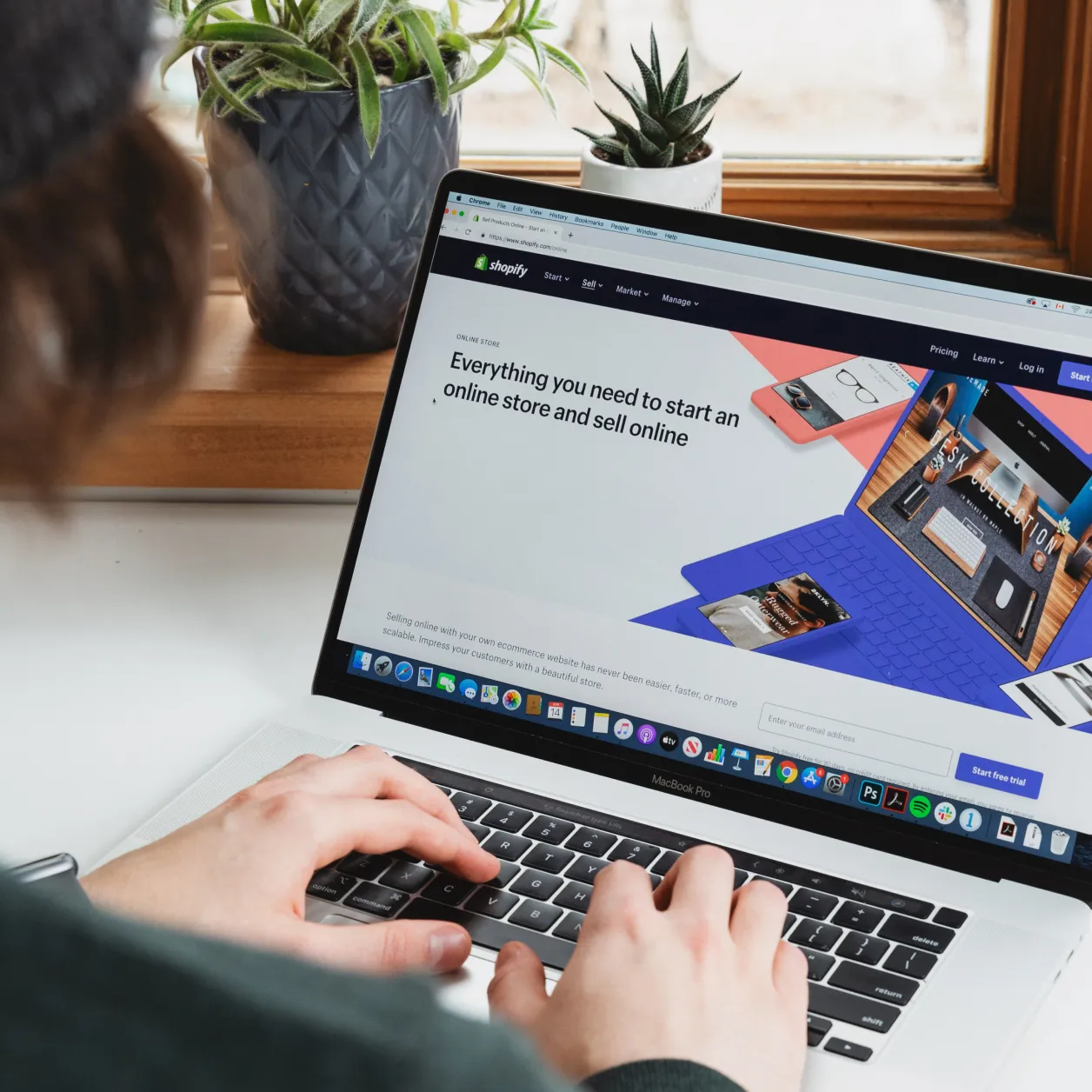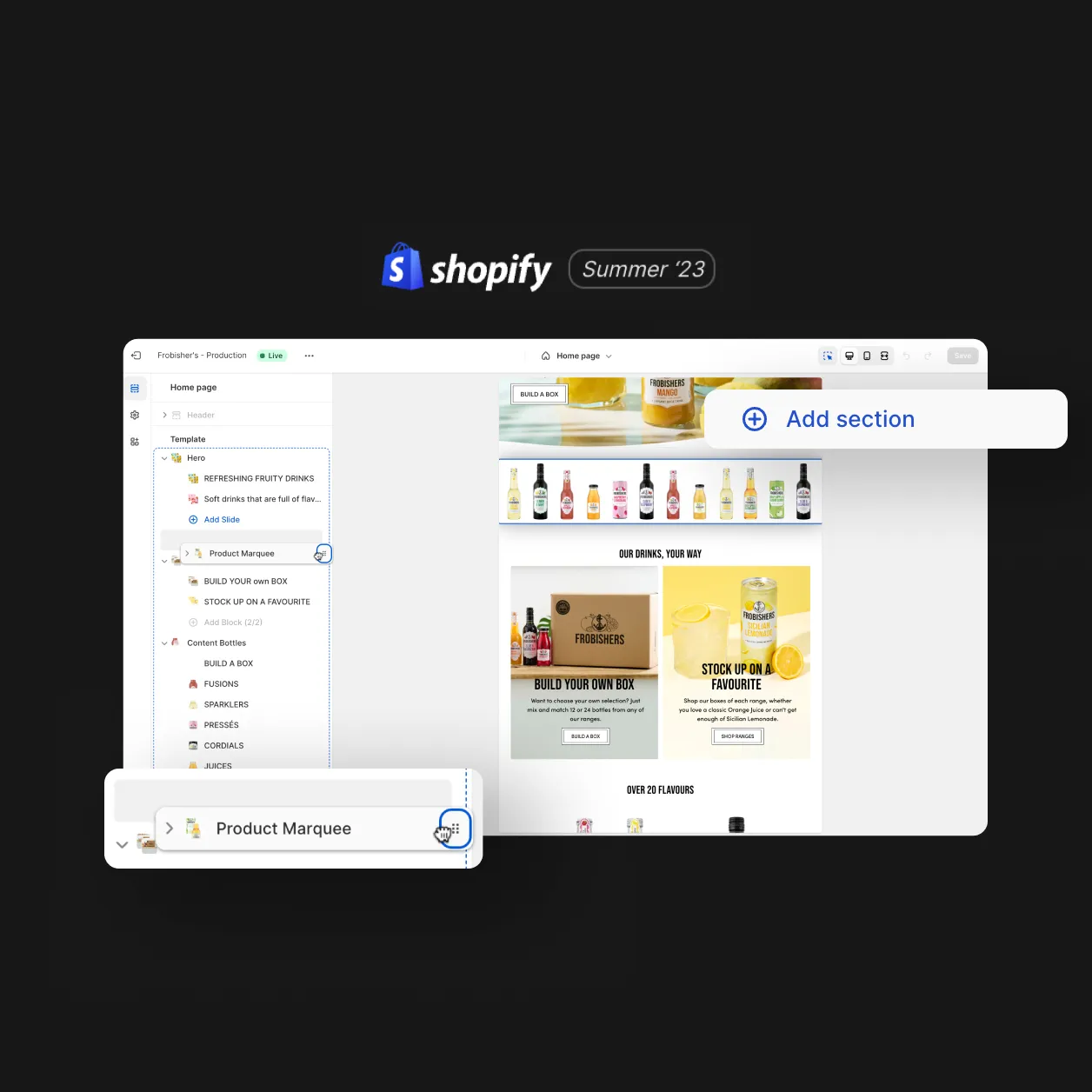Welcome to the ultimate guide to Shopify subscriptions.
If you’re a Shopify merchant who is looking to add subscriptions to your Shopify store, then this guide is for you. In this guide, we will cover everything you need to know about Shopify subscriptions in 2022. We will also provide an overview of the two most popular subscription apps: ReCharge and Bold Subscriptions.
Understanding the basics of Shopify subscriptions
Shopify subscriptions are a powerful tool for DTC businesses. By allowing customers to subscribe to your products or services, you can create a recurring revenue stream that provides long-term stability and growth for your business.
Over the last few years, Shopify’s been working hard to incorporate essential ecommerce features into the platform via robust APIs. Now, there’s the Subscription APIs, whose first release allowed the creation and management of product subscriptions without taking customers to off-site checkouts (known as ‘checkout hijacks’).
New APIs and tooling
The Shopify Subscription APIs provide the architecture to support new selling methods and functionality:
- The Selling Plan API enables you to extend Shopify’s merchandising model to support new ways of selling a variant, other than Shopify’s historical default: “buy now”. Using this functionality avoids the need to customise the checkout, and ensures the best experience for merchants, customers, and developers.
- The Subscription Contract API enables you to create and manage subscription contracts. After a customer purchases a subscription product at checkout, Shopify generates a subscription contract and shares it with your application using a webhook.
- The Customer Payment Method API represents stored payment methods that can be used to pay for future orders without requiring the customer to manually go through checkout. When a subscription is purchased, permission to “vault” the payment method is requested from the customer during checkout.
Product Subscription App Extension
As a companion to the Shopify Subscription APIs, which empower you to create new types of subscription plans, we’ve also introduced the Product Subscription App Extension, which enables content from your app to appear in Shopify, meaning merchants can create and manage those plans.
Essentially, the new Shopify Subscription API was the first time Merchants no longer had to choose between selling subscription products and using Shopify’s checkout and it was the start of far more highly customised subscription models. However, even though the checkout is aligned, you still need separate subscription apps to maximise recurring payment functionality.
Introduction to Shopify Subscription Apps
While Shopify and Shopify Plus do offer recurring charges as part of their core product using the subscription API, you’ll get more out of your setup if you use an app. Shopify subscription apps make it easy to set up and manage your subscriptions, and there are a variety of options available to suit your needs.
In this article, we will break down the differences between the two best subscription and recurring billing apps in the Shopify ecosystem; Recharge vs Bold Payments.
Both ReCharge and Bold enable your store to do essentially the same thing: create recurring orders and subscriptions that will bump up your customer retention and lifetime value KPIs. You also get higher revenues and more predictable cash flow for your business, as well provide clean customer portals and checkout experiences through Shopify payments or your preferred payment gateway.
Both of these subscription apps have evolved heavily in recent years and we have helped brands to migrate from Recharge V1 to V2, move from Recharge to Bold and vice versa, giving us unique insight and first hand experience working with these powerful applications and their APIs for custom use cases.
Recharge vs Bold: Updates for 2022
Recharge is a Shopify technical partner. This means that it integrates more deeply with Shopify than ever before and that Shopify can provide direct support for any issues you may have. Recharge is also constantly being updated with new features, making it one of the most popular subscription apps on Shopify.
Recharge V1 vs Recharge V2:
Originally, Recharge had a separate checkout to Shopify so customers purchasing single purchase would have a different checkout to subscription orders. They now receive the same experience, through the Shopify checkout, which means you can add single purchase items to subscription work flows. This update was rolled out in Q4 2020 and while all new customers must use V2, many older merchants are still updating from V1.
Bold Subscriptions:
Bold Commerce on the other hand have completely ditched the original version of their Subscriptions app (which was along the same lines as ReCharge) and released a brand new one in 2021 that fully integrates with Shopify subscriptions.
Bold’s original subscription app was in our opinion, too basic. It was great for Shopify merchants who were just starting out with subscriptions and didn’t need anything too fancy but it lacked the features that more established brands needed.
Bold vs Recharge Summary:
Both of these Shopify subscription apps enable you to establish recurring purchases, but they have certain distinctions.
Bold is a company that creates helpful, high-quality Shopify apps. Their combined app ecosystem may help you build a powerful Shopify site by providing extra features you require to make it function smoothly. ‘Recurring Orders’ is a fantastic program, but it’s only one of many excellent applications created and maintained by Bold.
ReCharge has one single aim: to create the best Shopify subscriptions app for recurring payments. That’s why they’re the only Shopify Plus-approved platform for recurring billing and other more detailed features and specialist work arounds. Perfect for high levels of customisation.
ReCharge offer two plans: the $60 a month standard plan and the $300 a month pro plan. The pro plan offers more in-depth analytics and front-end customisation options, best suited for larger data-driven and/or design-conscious clients.
When should you switch from ‘out of the box’ subscriptions to a bespoke subscription application?
A Shopify merchant who is on the Shopify Plus plan and using the ReCharge app to manage 100 SKUs with a single subscription type ($X/month) will reach a point where they need to re-evaluate whether it’s worth staying on Shopify + ReCharge or whether they should switch platforms.
The Shopify platform imposes Shopify transaction fees ( Shopify’s base rate is 0.30% + $0.30 per subscription) on every subscription order in addition to the ReCharge subscription fee which starts at $39/month (for up to 500 subscriptions).
While app costs add up, going completely bespoke is the primary reason brands like Mindful Chef raised millions in capital – custom tech is very expensive. A practical work around is to invest in an application that leverages the APIs already available, using systems like Recharge for their security features but still giving front-end customisation.
Shopify Subscription Summary
In summary, Shopify’s out of the box recurring billing functionality is great for small volume, low-risk merchants but as you add more products, subscription types and variants – you will quickly need to look at a specialist Shopify subscriptions app and possibly another layer of customisation from a private app.
This is a subject that requires a proper consultation as there is no quick answer. It completely depends on what you’re trying to achieve and the cost/benefit analysis that has been done.
Design
Inspiring behaviour change through visual experiences. Our digital design services ensure instant clarity and visuals that cut-through in a cluttered market.




